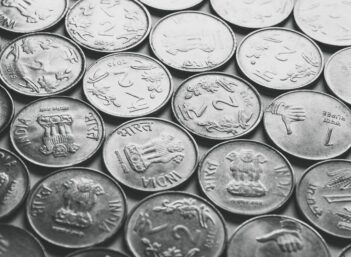What is a Routing Number?
A routing number is a exclusive identification number assigned to banking institutions by the American Bankers Association (ABA).
How Does a Routing Number Work?
For those banks and banking institutions that qualify as account holders with the Federal Reserve, the ABA assigns a routing number for identification. A bank's routing number contains nine numbers and is always found near the bottom left corner of its checks. The routing number tells the Federal Reserve bank which commercial bank the associated funds will be withdrawn from.
The routing number is followed by the individual account number and the number of the check itself. For example, the bottom of check could read '623852453 1234567 001.' The first nine digits are the routing number, the second seven digits are the account number, and the last three digits are the check number.
Why Does a Routing Number Matter?
Also known as an ABA transit number, a bank's routing number facilitates the clearing of checks and transfer of funds between banks.



